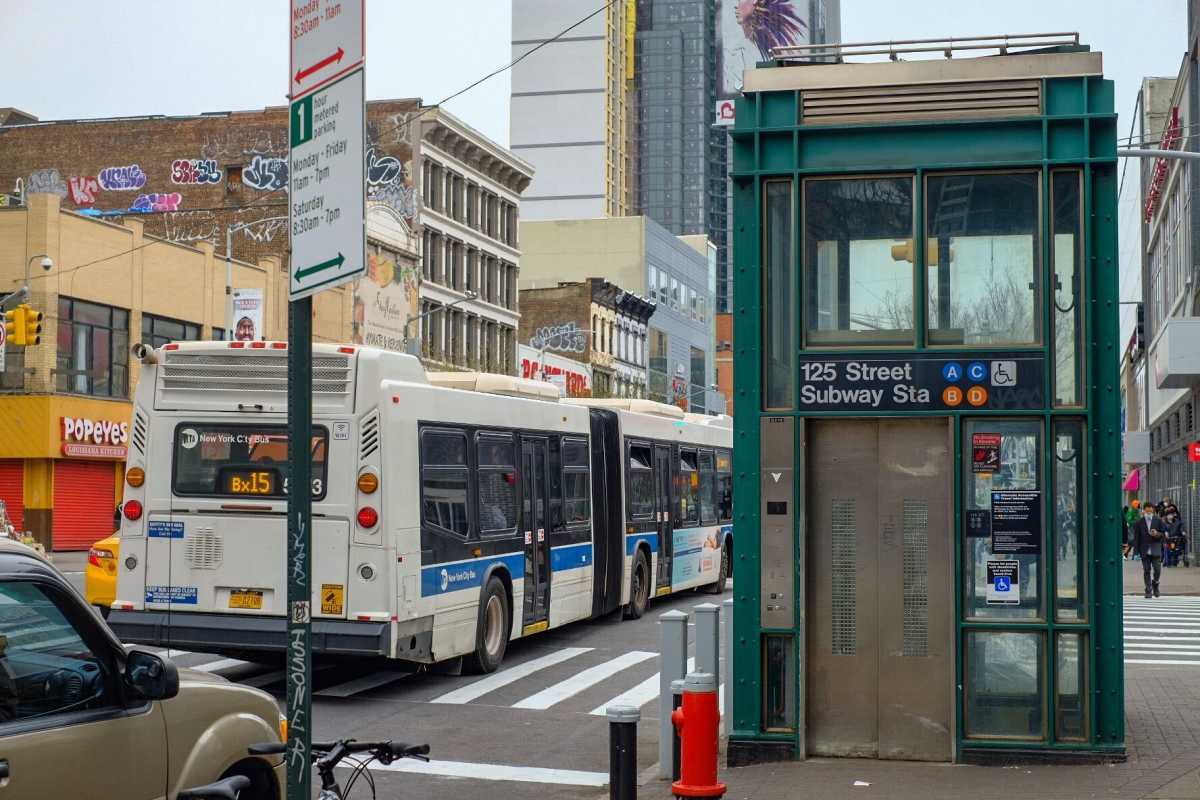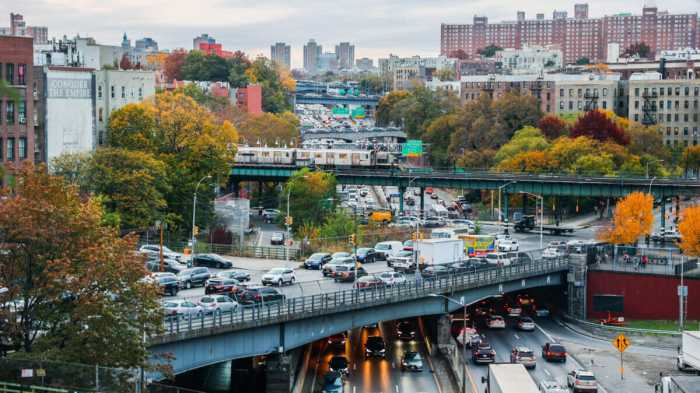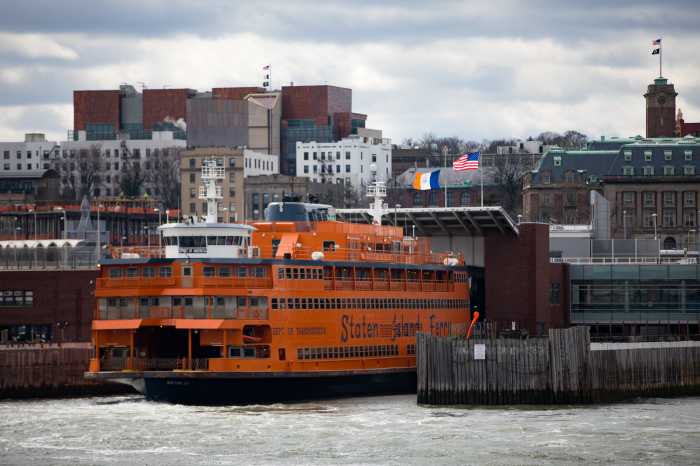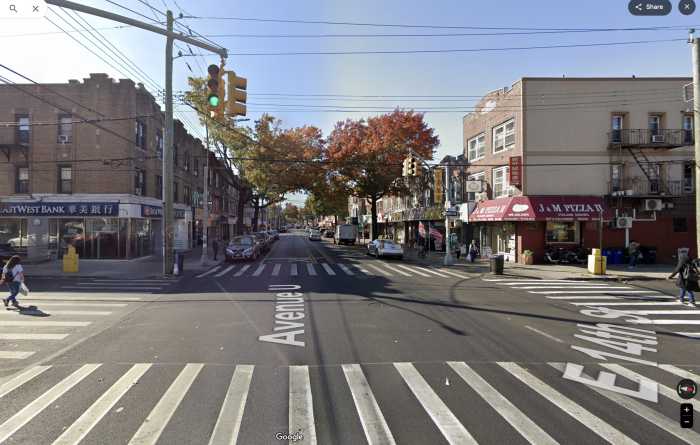With $5 billion slated for over 70 station accessibility improvements, the opportunity to deliver equality to riders seems to have slipped through the fingers of the Metropolitan Transportation Authority once again with the financial crisis stemming from COVID-19.
But that does not mean the MTA is not adding this to the list of many reasons why they require funding from the federal government on the 30th anniversary of the Americans with Disabilities Act being signed into law by President George H.W. Bush.
“Those stations remain our priority, but also know that we are facing an unprecedented fiscal crisis and so we have to match our calls for accessibility with our calls for funding from the federal government,” interim New York City Transit President Sarah Feinberg said.
With about 472 stations in the subway station, less than a quarter are ADA accessible; something that has been painstakingly brought to the attention of the MTA as multiple groups have launched class action lawsuits against the agency for its tardiness in implementing improvements such as elevators in stations.
The Hoyt-Schermerhorn Station in Brooklyn is one of many examples of partially inaccessible and poorly fitted stations. It has an elevator down to the primary mezzanine, but getting to the platform is the challenge with stairway access only.
But, according to MTA Chief Development Officer Janno Lieber, the need for greater accessibility is not ‘out sight out of mind’ for the cash-strapped agency that expects a $16 billion deficit by 2024 due to COVID-19 and its accompanying, devastating ridership loss. Accessibility improvements are underway and expected to proceed at four stations this week alone, he said, with a further 13 in design.
“The 2020-2024 program has 70 more stations and we were ready to get these stations under construction – it was the first thing I did after the legislature and the governor enacted the capital program – we put out for bid those 70 stations. We wanted them under construction this year,” Lieber said. “All that is somewhat in question because of the drama in Washington.”
The MTA received $3.8 billion from the federal government in April through the CARES Act and has been advocating for that amount to be doubled in a second stimulus which has been shelved for the time-being through political division. But now that the CARES Act funding is exhausted, the MTA may have to turn to extreme deficit spending to make it through 2020 alone.
In July, a federal judge ruled in favor of the Disability Rights Advocates who sued the MTA when improvements were made to three Long Island Rail Road stations, but left out ADA compliance in their plans at Amityville, Copiague and Lindenhurst. These now have to be performed under the supervision of an independent party, according to lawyers for the activists. Full completion of these stations is expected by June 2023.
The Center for Independence of the Disabled in New York has also been in and out of court with not only the MTA, but the City of New York, which has legal ownership over the subway stations despite the MTA maintaining and operating the infrastructure. After being kicked back and forth between state and appellate courts, one in June ruled in favor that the agency was in violation of NYC Human Rights Law.
Another demand was for a timeline on when the MTA would bring about station improvements.






































